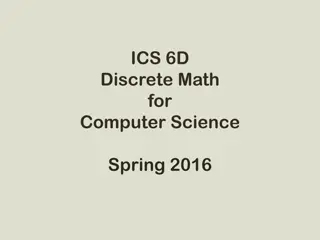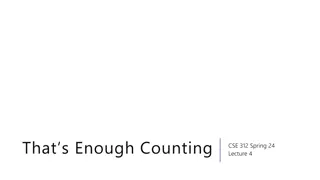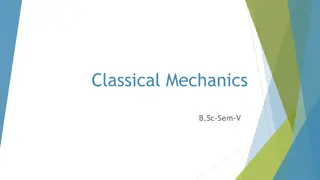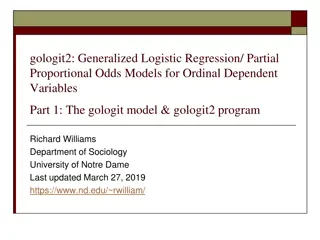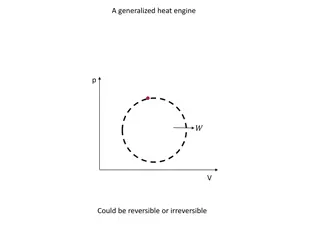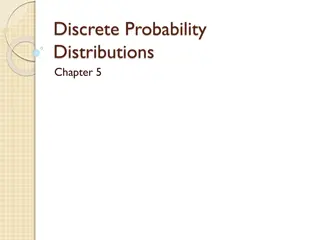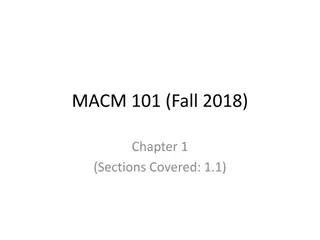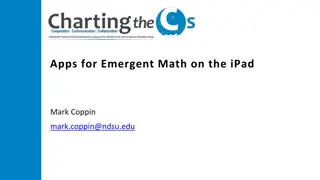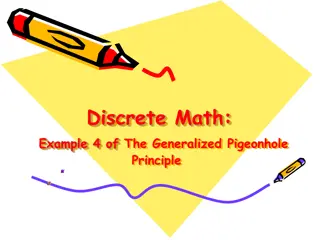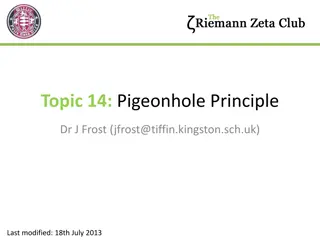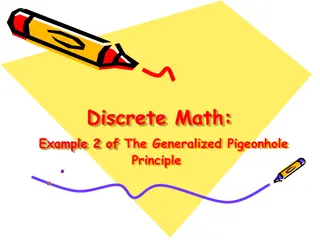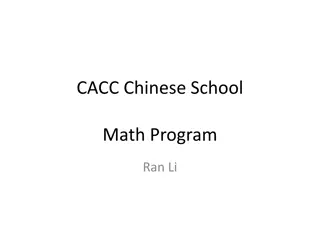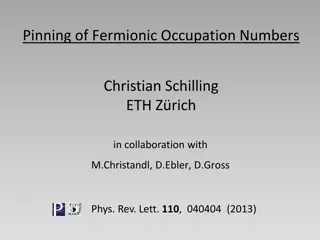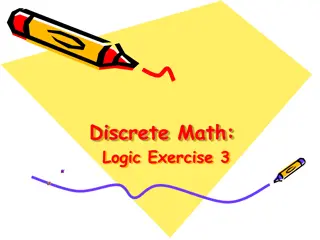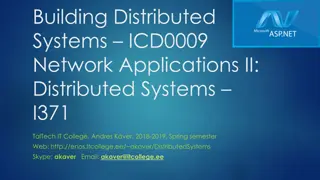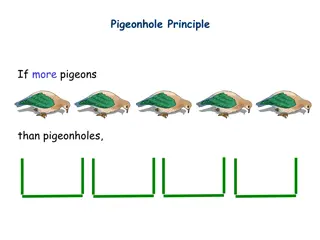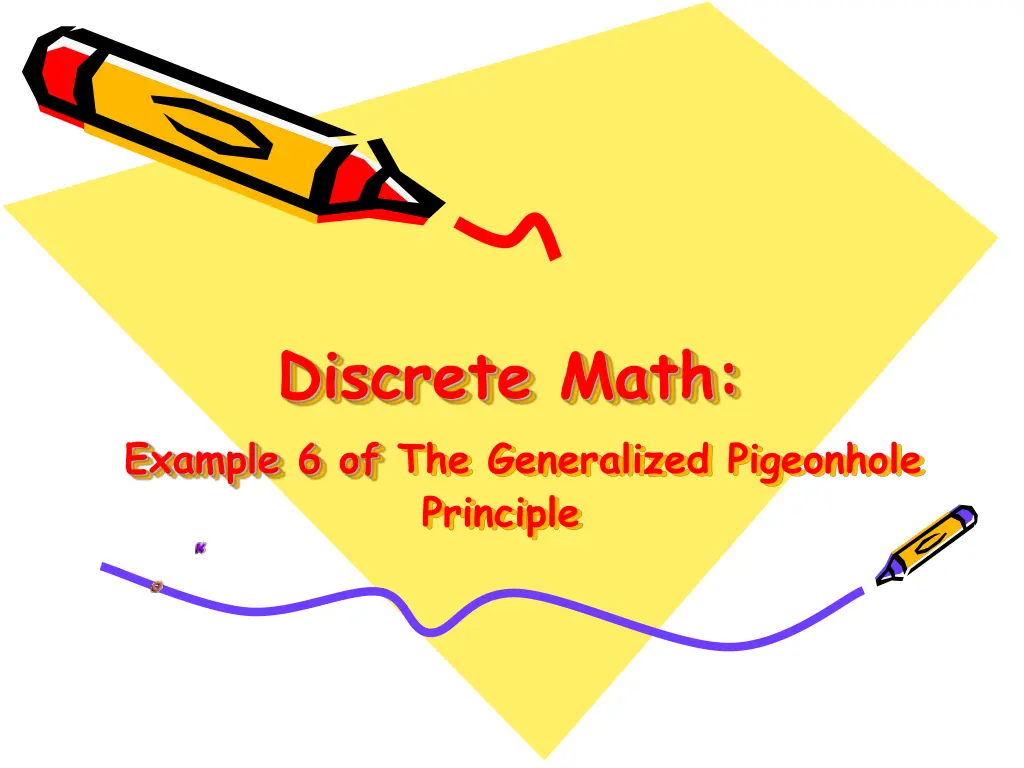
Example of Generalized Pigeonhole Principle
Explore Example 6 of the Generalized Pigeonhole Principle, demonstrating that in a group of six individuals, there must be either three mutual friends or three mutual enemies. Learn how to apply the principle to solve this scenario effectively.
Download Presentation

Please find below an Image/Link to download the presentation.
The content on the website is provided AS IS for your information and personal use only. It may not be sold, licensed, or shared on other websites without obtaining consent from the author. If you encounter any issues during the download, it is possible that the publisher has removed the file from their server.
You are allowed to download the files provided on this website for personal or commercial use, subject to the condition that they are used lawfully. All files are the property of their respective owners.
The content on the website is provided AS IS for your information and personal use only. It may not be sold, licensed, or shared on other websites without obtaining consent from the author.
E N D
Presentation Transcript
Discrete Math: Example 6 of The Generalized Pigeonhole Principle
Example 6 The Generalized Pigeonhole Principle Assume that in a group of six people, each pair of individuals consists of two friends or two enemies. Show that there are either three mutual friends or three mutual enemies in the group.
Solution Let A be one of the six people. Of the five other people in the group, there are either three or more who are friends of A, or three or more who are enemies of A. This follows from the generalized pigeonhole principle, because when five objects are divided into two sets, one of the sets has at least 5/2 = 3 elements. In the former case, suppose that B, C, and D are friends of A. If any two of these three individuals are friends, then these two and A form a group of three mutual friends. Otherwise, B, C, and D form a set of three mutual enemies. The proof in the latter case, when there are three or more enemies of A, proceeds in a similar manner.
References Discrete Mathematics and Its Applications, McGraw-Hill; 7th edition (June 26, 2006). Kenneth Rosen Discrete Mathematics An Open Introduction, 2nd edition. Oscar Levin A Short Course in Discrete Mathematics, 01 Dec 2004, Edward Bender & S. Gill Williamson

